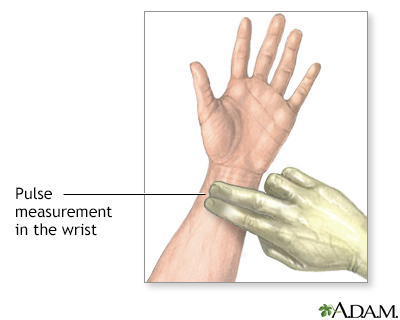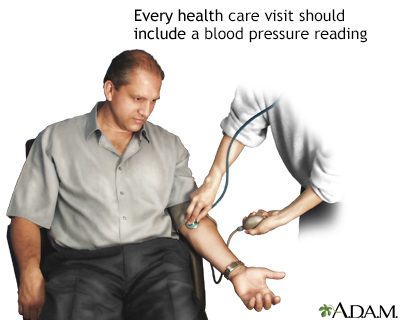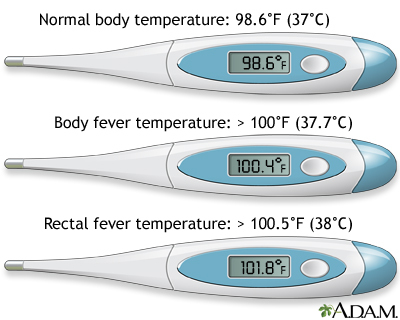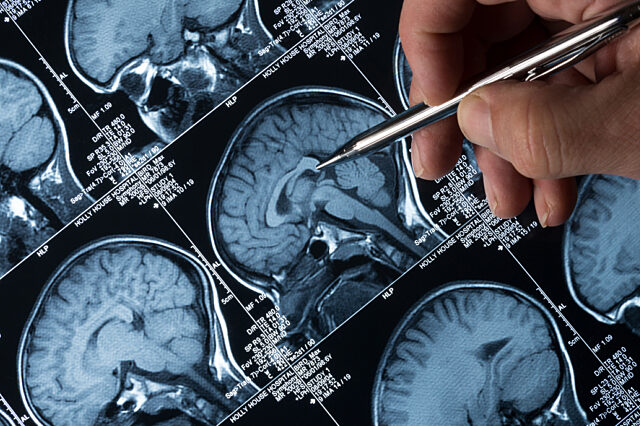Mobile Stroke Treatment Unit Comes to UF Health Surgeon’s Rescue
Emergency personnel arrived at Paul Dell’s home, where his wife led them upstairs. They found him sitting upright in a chair, unable to say his name, age or…

Update your location to show providers, locations, and services closest to you.
Vital signs reflect essential body functions, including your heartbeat, breathing rate, temperature, and blood pressure. Your health care provider may watch, measure, or monitor your vital signs to check your level of physical functioning.
Normal vital signs change with age, sex, weight, exercise capability, and overall health.
Normal vital sign ranges for the average healthy adult while resting are:



Ball JW, Dains JE, Flynn JA, Solomon BS, Stewart RW. Vital signs and pain assessment. In: Ball JW, Dains JE, Flynn JA, Solomon BS, Stewart RW, eds. Seidel's Guide to Physical Examination. 9th ed. St Louis, MO: Elsevier; 2019:chap 6.
Simel DL. Approach to the patient: history and physical examination. In: Goldman L, Schafer AI, eds. Goldman-Cecil Medicine. 26th ed. Philadelphia, PA: Elsevier; 2020:chap 6.
Emergency personnel arrived at Paul Dell’s home, where his wife led them upstairs. They found him sitting upright in a chair, unable to say his name, age or…

September 18, 2023
Diseases that run in families usually have genetic causes. Some are genetic mutations that directly cause the disease if inherited. Others are risk genes that…
College of Medicine, McKnight Brain Institute, +1 more

The numbers don’t lie: America is aging. Experts say that over the next 40 years, not only is the number of people aged 65 and up expected to double, 80% of them also will have some form of heart...